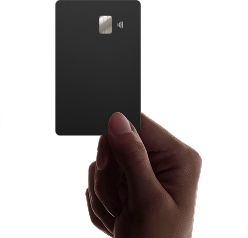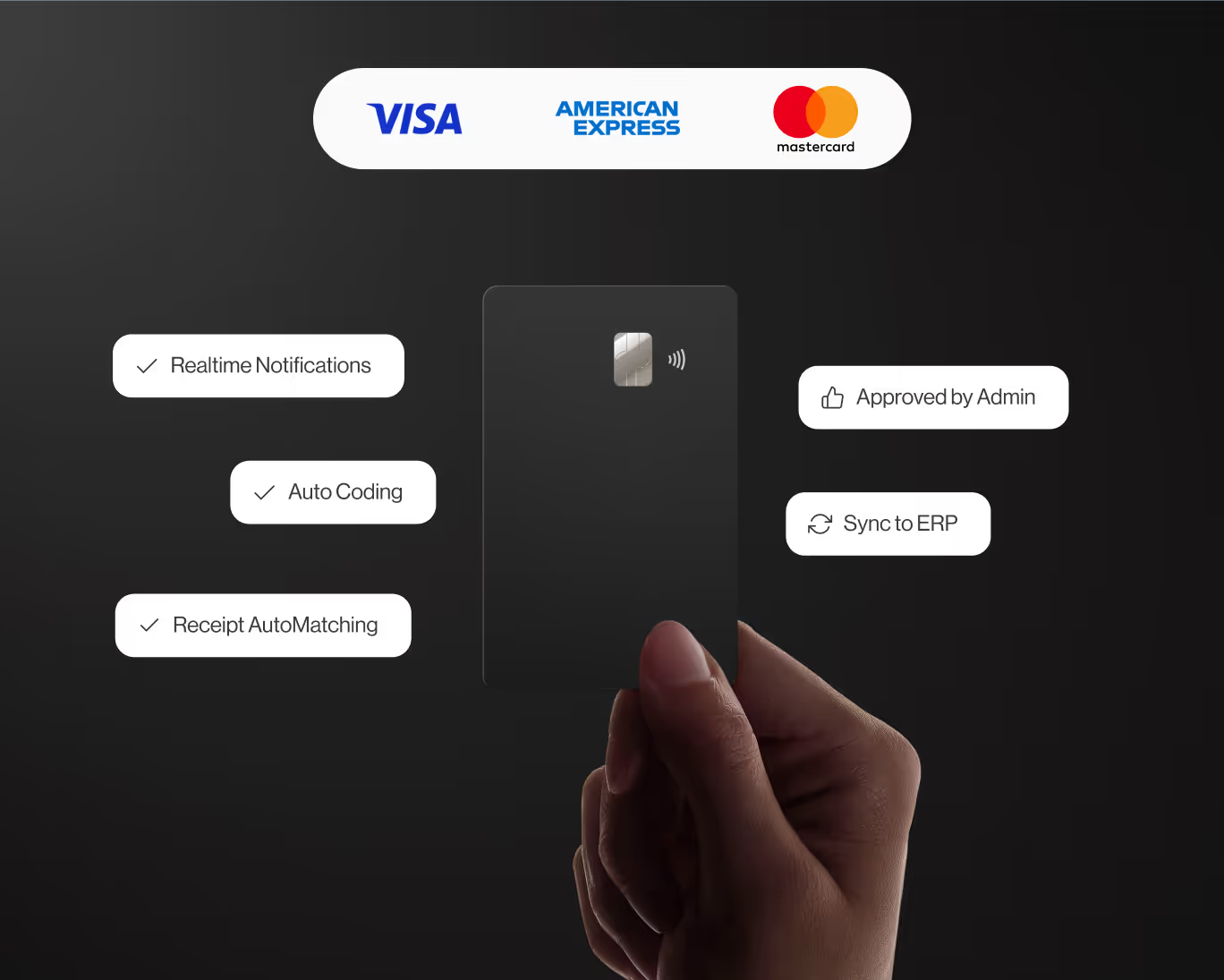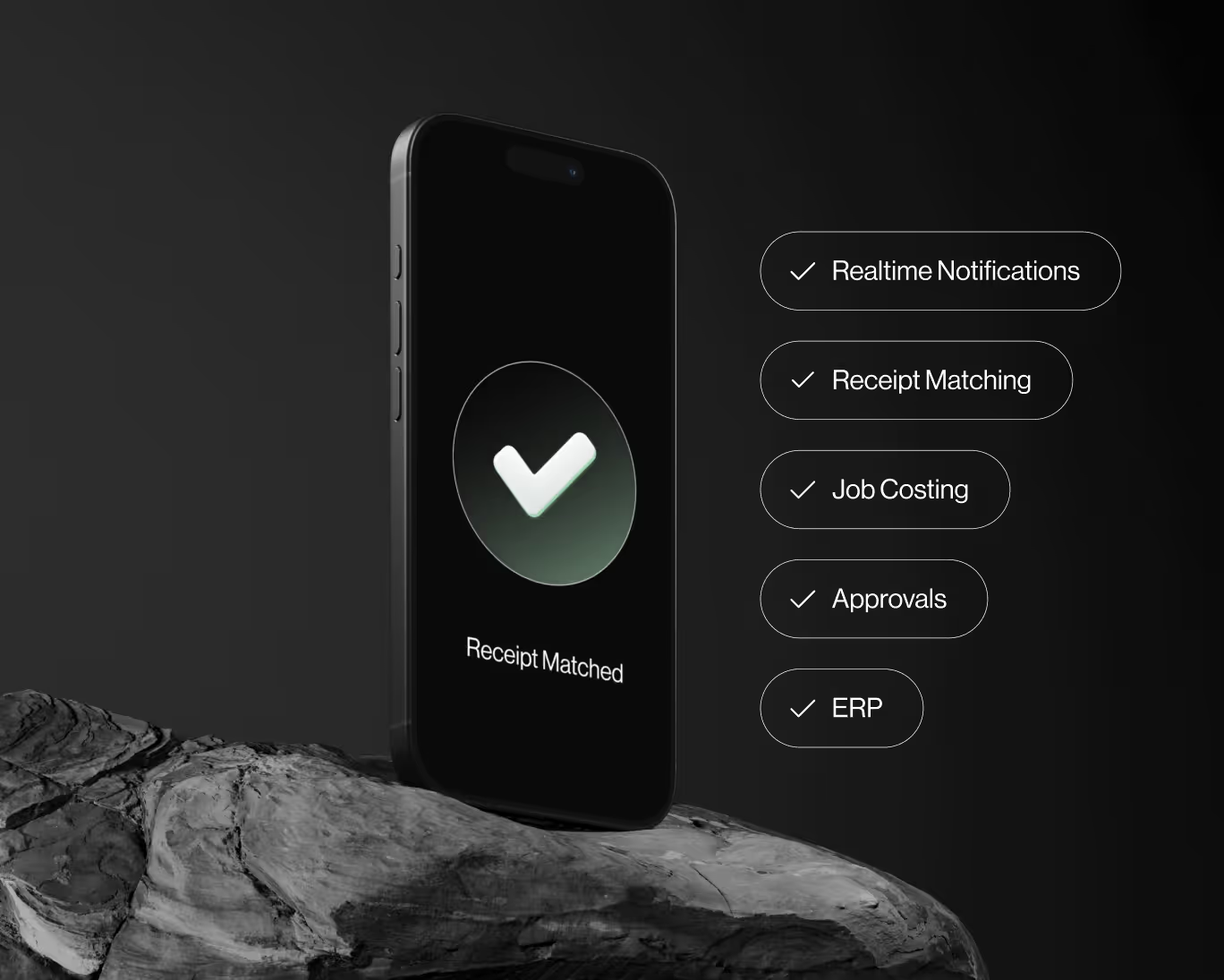Understanding the Power of Affinity Diagrams in the Construction Industry
The construction industry involves numerous stakeholders, complex processes, and a wide array of ideas and information. Effectively organizing and making sense of this information is critical for project success. One powerful tool that aids in this process is the Affinity Diagram. In this blog post, we will explore what an Affinity Diagram is and why it is invaluable in the construction industry.
What is an Affinity Diagram?
An Affinity Diagram, also known as the KJ Method or the "Method of Affinities," is a visual and collaborative tool used to organize and categorize large amounts of unstructured data, ideas, and information. It was developed by Japanese anthropologist Jiro Kawakita and is widely used in various fields, including project management and problem-solving in the construction industry.
Creating an Affinity Diagram involves a team-based approach, where stakeholders participate in a brainstorming session to generate ideas or information related to a specific topic or challenge. These ideas are then recorded on individual cards or sticky notes, with one idea per card. Once all ideas are collected, the team collaboratively organizes and groups the cards into categories based on their natural relationships or themes.
Importance of Affinity Diagrams in Construction
Affinity Diagrams offer several benefits that make them a valuable tool in the construction industry:
1. Information Organization and Clarity
Construction projects involve a vast amount of information, including requirements, design considerations, and various tasks. Affinity Diagrams help organize this information into logical groups, providing a clear visual representation of complex data, making it easier for stakeholders to grasp and analyze.
2. Collaborative Decision-Making
Affinity Diagrams foster collaboration and participation among project stakeholders. By involving various team members in the brainstorming and categorization process, the diagram becomes a shared representation of collective knowledge and ideas, ensuring everyone's input is considered.
3. Identifying Patterns and Themes
When working on a construction project, identifying patterns and themes is crucial for efficient planning and problem-solving. Affinity Diagrams help reveal common threads among ideas, enabling project teams to identify recurring challenges, potential opportunities, and focus areas for improvement.
4. Streamlining Problem-Solving
Construction projects often encounter complex issues that require systematic problem-solving. Affinity Diagrams can streamline this process by breaking down problems into smaller, more manageable components. This helps teams prioritize solutions and allocate resources more effectively.
How to Create an Affinity Diagram
Follow these steps to create an effective Affinity Diagram for your construction project:
1. Define the Topic or Problem
Clearly define the topic or problem for which you want to generate ideas or information. It could be related to project planning, design, resource management, or any other aspect of the construction process.
2. Conduct a Brainstorming Session
Gather relevant stakeholders and conduct a brainstorming session. Ask participants to generate ideas, write each idea on a separate card or sticky note, and place them on a wall or board for all to see.
3. Group Similar Ideas
As a team, begin grouping similar ideas or themes together. Look for patterns and connections between the ideas and arrange them accordingly. Use headings or labels to represent each group.
4. Review and Refine
Review the organized Affinity Diagram as a team. Make adjustments or refinements as needed to ensure clarity and accuracy of the categorization.
Conclusion
In conclusion, Affinity Diagrams are a powerful tool for information organization, collaboration, and problem-solving in the construction industry. By visually grouping ideas and information, project teams can gain valuable insights, identify patterns, and streamline decision-making processes. Incorporating Affinity Diagrams into construction projects can lead to improved efficiency, more effective problem-solving, and better overall project outcomes.










